Intro:
Growing up I would hear constant stories from my parents and grandparents about how back in their day they had to walk an hour to the library then read through a mountain of books to find resources and then hand write them all down. This digital age that we are living is has truly blessed us all with Technology that has significantly increased so much that we have developed so many different educational tools, from websites, apps, social media and online classes specifically Massive Online Open Course (MOOCs). What is MOOCs?( Fig 1.). A MOOC is a Massive Open Online Course, these courses are online based courses and courses and accessible to all. UBC defines open education as a “collection of practices that utilize online technology to freely share knowledge” (Aesoph, 2020). In addition, MOOC’s with the seemingly rapid increase of technology there has also been an increase in the platform in which the individual would like to receive their information from. For instance, there are so many different learning video games, and applications as well as websites, tutorials, online books. The resources that an individual can access from the comfort of their home is unparalleled.
Figure 1. Video From https://www.youtube.com/watch?v=eW3gMGqcZQc
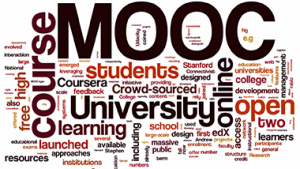
Figure 2. MOOC’s word association.
My experience:
My experience with MOOCs and online classes was non-existent up until about a year ago, within this year I have taken four different online classes just at Uvic . Like most individuals I work throughout the week and as you can imagine juggling work, school, and life (hanging out with friend etc.) can be extremely taxing on someone when they are in traditional school with fixed lecture times. Without a doubt I can say that taking part in a MOOC would extremely beneficial not only physically but psychologically as well. Once enrolled in these online classes with this open format the entirety of my mood shifted to from stressed out constantly to a more relaxed state. However, I must emphasize that there are some cons as well to taking online course and only communicating through emails and posts. For example, miscommunication happens more due to the inability to ask questions in person-post lecture and physically see what the professor was trying to get across. In addition, lack of clarity as well as some individuals can’t hand the Openness of the course and fall behind because it is too flexible and motivation starts to dwindle, Those are just a couple that I have been more aware of. Throughout my grade school academic career (Grades 7-12) Specifically I found it really challenging to do well in school. I know that most would say “Of course not” because of my age and would assume I didn’t try very hard, well on the contrary I did try extremely hard in order to do well. However, I did have a lot on my plate from extracurriculars (I was a Lacrosse player, Basketball Player) to work (I worked anywhere from 16 hours minimum to 35 Maximum). I would come home from school after just sitting in classes all day and essentially reteach myself everything because I didn’t learn it “right” the way they explained it. With the help of online courses as well as online education platforms such as YouTube(Fig 3), Khan Academy (Fig 4), Ted Talks (Fig 5) and Kahoot (Fig 6). I was able to properly learn everything and if I worked all day then I was able to come home and have the ability to access these resources without being restricted by a fixed time.
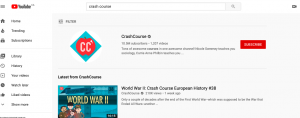
Figure 3. Youtube. Picture from https://www.youtube.com/results?search_query=crash+course
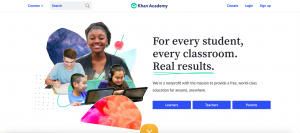
Figure 4. Khan Academy. Picture from https://www.khanacademy.org/
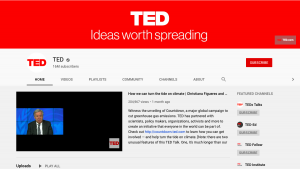
Figure 5. Ted Talks. Picture from https://www.ted.com/recommends?gclid=Cj0KCQjwsYb0BRCOARIsAHbLPhHKAcboosGaxCLdBjQIUGLrCq_8dlWZWOXQTHjtU6TOhv5Lb6tyRR8aAg8jEALw_wcB

Figure 6. Kahoot. Picture from https://kahoot.com/
Why Open Education? (Asynchronous learning)
Online classes have the ability to increase both efficiency as well as course productivity. Online classes as well have the ability to aid teachers in helping students due to having the ability to see the progress of the assignments all online and at once. In addition, to helping the teachers online classes can be really beneficial to students who suffer from anxiety or the social disabilities. Moreover, it can be more cost efficient and having the ability to go at your own pace as well as it being flexible can allow the individual so become more confident in their own abilities as well as develop autonomy. There are some Cons and limitations to using this Asynchronous (Figure 7).
The use of online classes and school are so versatile and beneficial. In this day, take what’s happening around the world with this Coronavirus Pandemic. Universities and Colleges have the ability to move classes online and allow individuals to continuously work on their degrees from home that way to avoid postponing their progress.
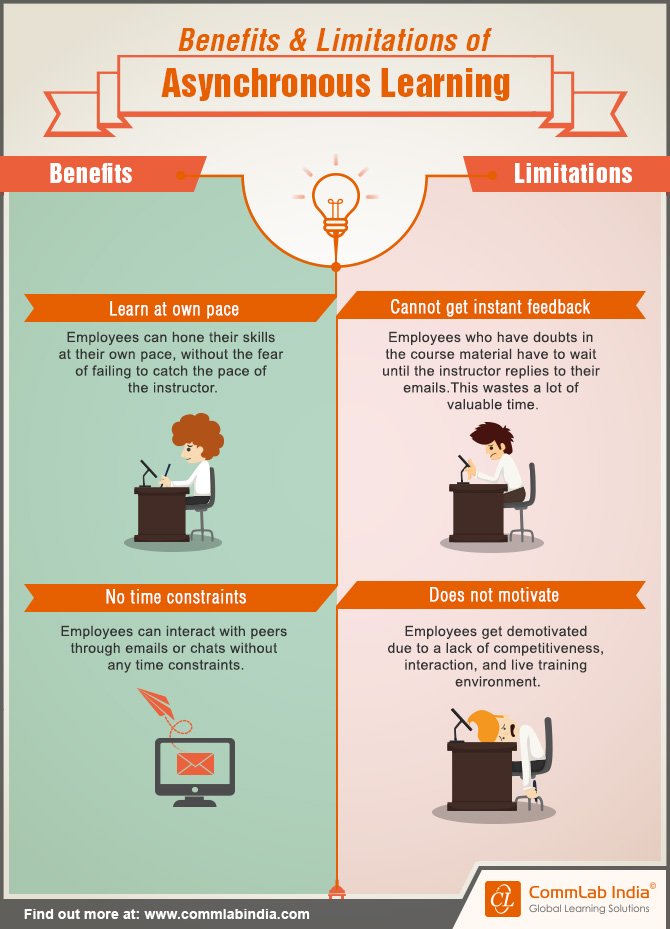
Figure 7. Picture from https://www.elearninglearning.com/asynchronous/
Media richness:
With the “development of different media in education was outlined, beginning with oral teaching and learning, moving on to written or textual communication, then to video, and finally computing. Each of these means of communication has usually been accompanied by an increase in the richness of the medium, in terms of how many senses and interpretative abilities are needed to process information.”(Bates, 2019). This term is Media Richness. “The combination of voice over video enables learning through multiple senses. Even simple combinations, such as the use of audio over a sequence of still frames in a text, have been found more effective than learning through a single medium of communication.”(Bates, 2019). However, Media Richness can cause Cognitive Overload as dubbed by Vygotsky where there is too much information at a level that is too complex for them currently.(Bates, 2019).
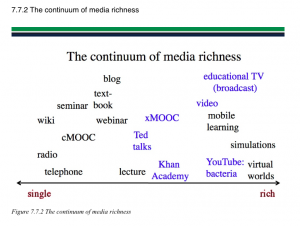
Figure 8. Continuum of Media Richness. Picture from https://via.hypothes.is/https://pressbooks.bccampus.ca/teachinginadigitalagev2/chapter/8-7-media-richness/
Why open education? Continued
- “Publishing research in open journals (open access publishing)
- Releasing data to be reused by others (open data)
- Using, sharing and collaboratively creating software and computer code (open source software)
- Student assignments that promote student publishing or participating on the open web (open teaching or open pedagogy)
- Sharing of teaching and research practices (open scholarship)
- Sharing and reuse of teaching and learning materials (open educational resources) including courses (open courseware) and textbooks (open textbooks)” (Aesoph, 2020)
Figure 9. (Aesoph, 2020). Video from https://opentextbc.ca/adoptopentextbook/chapter/open-education/
References:
Aesoph, L. (2020). What Is Open Education?. Retrieved 28 March 2020, from https://opentextbc.ca/adoptopentextbook/chapter/open-education/
A.w., Tony, & Bates. (2019, October 10). 7.7 Media richness. Retrieved from https://via.hypothes.is/https://pressbooks.bccampus.ca/teachinginadigitalagev2/chapter/8-7-media-richness/
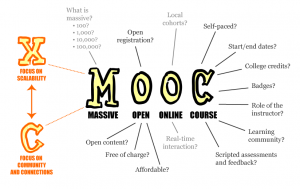
Leave a Reply